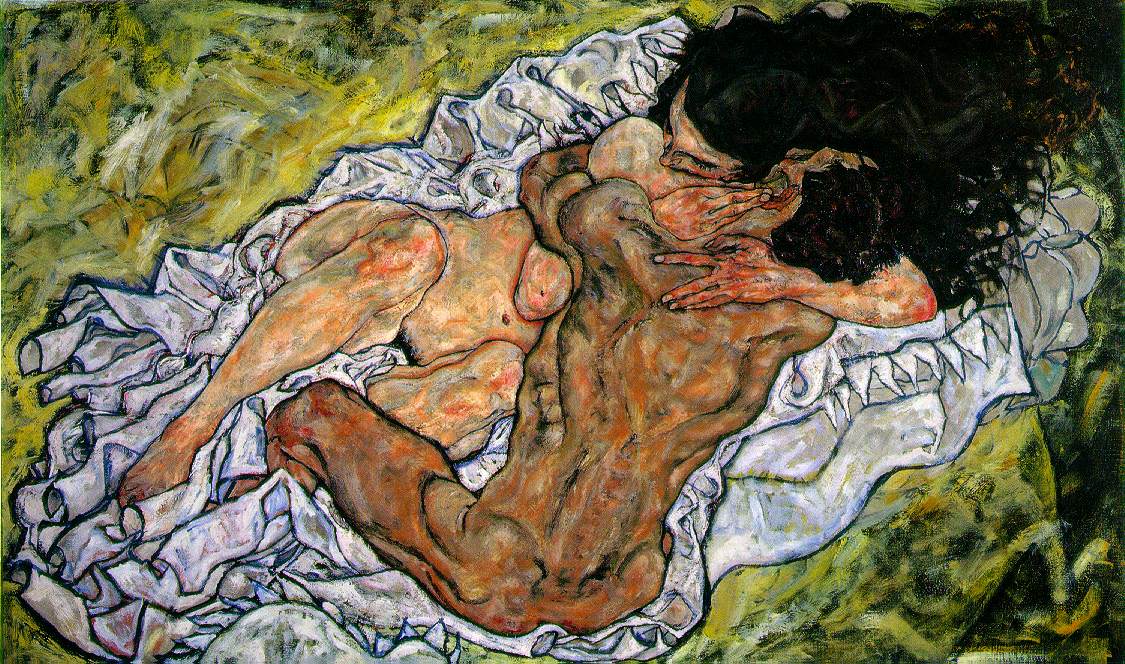
Do ONE:
1. The text from Ezra (9-10:15) includes the ban on marriage to foreign wives. How is that ban in dialogue with the Book of Ruth? (You might want to think about this in relation to Alter’s argument about the “type-scene,” Art of Biblical Narrative, ch. 3.)
2. Here’s a question from June 1st (and hopefully you’ve learned that revision–to see again–is at the heart of the experience of reading the bible): “In a Jewish Bible, Ruth does not provide a buffer between Judges and Samuel. What is the composite effect that arises from moving directly from Judges into the first story in 1 Samuel. How do you understand this relationship?” That was the question Lisa wrote. Now consider this a different way: in later editions of the Bible (that is, NOT the Hebrew Bible), Ruth was moved from the Writings (Kethuvim) to what we might call the historical sections, and it was put between Judges and 1 Samuel. As you think about the end of Judges (the story of the Levite’s Concubine) and the beginning of 1 Samuel (the type scene with Hannah that leads to the birth of Samuel), can you imagine any purpose served by connecting Judges to 1 Samuel by way of Ruth?

